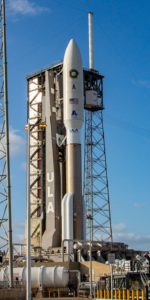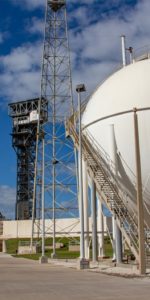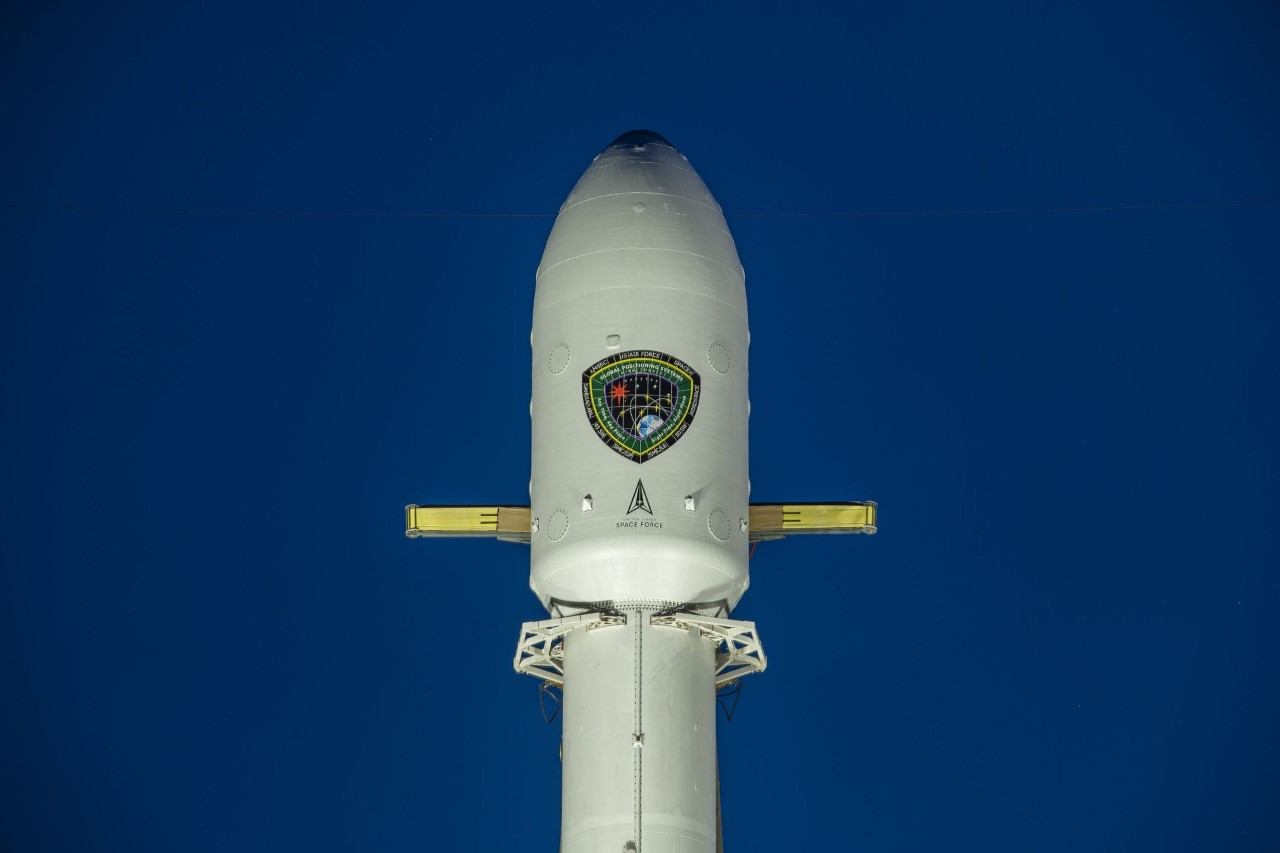
Less than an hour after sunset Thursday, SpaceX will launch its 20th Falcon 9 of 2020, delivering the fourth member of the U.S. Space Force’s Global Positioning System (GPS) Block III constellation into Medium Earth Orbit (MEO) at an altitude of 12,550 miles (20,200 km).
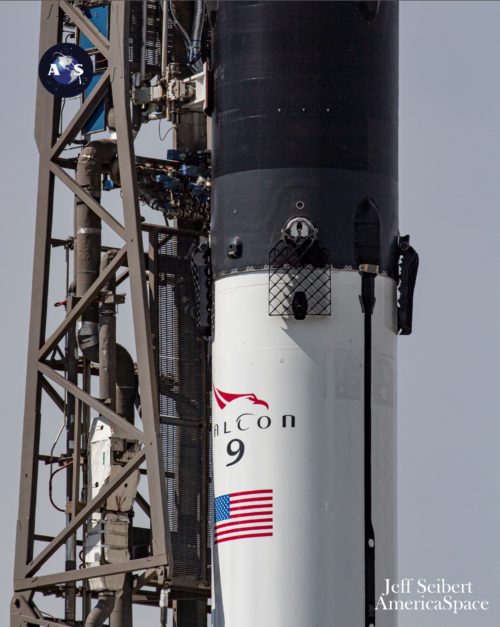
Designated “GPS III-04”—and named in honor of Sacagawea, a Lemhi Shoshone woman who supported the Lewis and Clark Expedition in its effort to explore the Louisiana Territory in 1803-1806—the mission will fly atop a brand-new Falcon 9 from Space Launch Complex (SLC)-40 at Cape Canaveral Air Force Station, Fla., at 6:24 p.m. EST Thursday. According to the 45th Weather Squadron at Patrick Air Force Base, the outlook for launch currently calls for a 70-percent probability of acceptable conditions at T-0. This is expected to deteriorate to 60-percent-favorable in the event of a 24-hour slip to Friday.
“A strong high-pressure area will remain to our north this week, creating a tight pressure gradient with Hurricane Eta to the south,” noted the 45th in its Tuesday morning update. “This will result in persistent, breezy onshore flow along the Space Coast.” And although rain showers should not pose a risk to Thursday’s launch attempt, they are expected to create an elevated chance of a Launch Commit Criteria (LCC) violation on Friday.
This particular launch is already more than a month overdue. It fell foul to a spate of launch delays in early October, induced by weather and technical issues which impacted not only SpaceX, but also United Launch Alliance (ULA) and Northrop Grumman Corp. As no fewer than four missions by the Falcon 9, Delta IV Heavy and Antares boosters succumbed to scrub after scrub, the almost unprecedented phenomenon drew the pejorative nickname of “Scrubtober”.
Launch of GPS III-04 was originally targeted for late September, but delays to an earlier mission and shifting prioritisation of Eastern Range assets forced a slip until 9:43 p.m. EDT on 2 October. The Falcon 9’s sparkling B1062 core became only the third “new” first stage to fly in 2020, following on the heels of B1058 which lifted Dragon Endeavour on 30 May and B1060 which boosted the GPS III-03 mission aloft on 30 June. In fact, the 19 Falcon 9 missions flown so far this year have been accomplished using only eight booster cores, one of which has recorded no fewer than four launches since January.
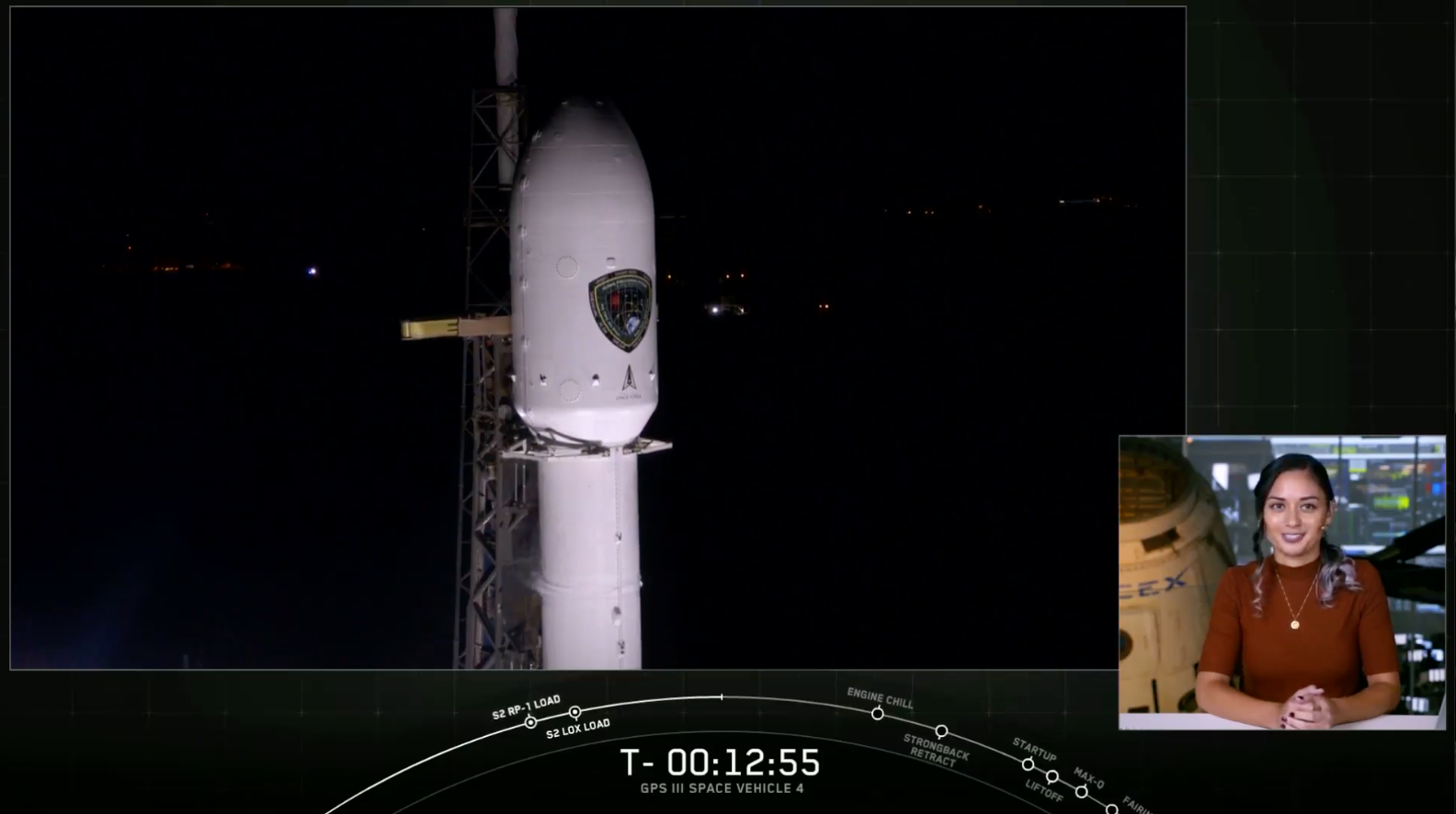
Countdown operations as night fell on 2 October proceeded normally, as fueling of the Falcon 9 with its flight load of liquid oxygen and a highly refined form of rocket-grade kerosene (known as “RP-1”) commenced at T-35 minutes. The only issue of concern seemed to be the intractable Florida weather, which, although nominally “Green”, remained marginal in terms of potential violations of the Thick Cloud Rule.
It came as more than a surprise, therefore, when the mission was dramatically aborted at T-2 seconds—after the commands had been transmitted to start the nine Merlin 1D+ first-stage engines—and a slight flicker of flame was promptly followed by the ominous silence of shutdown and a dramatic pall of smoke which drifted off into the night sky.
“And we have an abort,” came the clipped call from the SpaceX launch commentator. “All engines in standby.”
Although it was noted that the earliest next opportunity for the mission to fly would be on 3 October at 9:39 p.m. EDT, it soon became clear that a more serious incident had arisen. SpaceX founder Elon Musk later attributed the cause of the abort to an “unexpected pressure rise in the turbomachinery gas generator”.
As investigators dug into the issue, on 10 October NASA and SpaceX announced that the launch of Crew-1 astronauts Mike Hopkins, Victor Glover, Shannon Walker and Soichi Noguchi aboard Dragon Resilience to the International Space Station (ISS)—previously targeted for 31 October—had been postponed until the early-to-mid November timeframe at the soonest. It was noted that the delay allows “additional time for SpaceX to complete hardware testing and data reviews as the company evaluates off-nominal behavior of the Falcon 9 first-stage gas generators”.
In readiness for tomorrow’s launch attempt, B1062 was put through a customary Static Fire Test of the first-stage engines on Sunday, which allowed SpaceX to formally announce Thursday as the most optimum launch date.
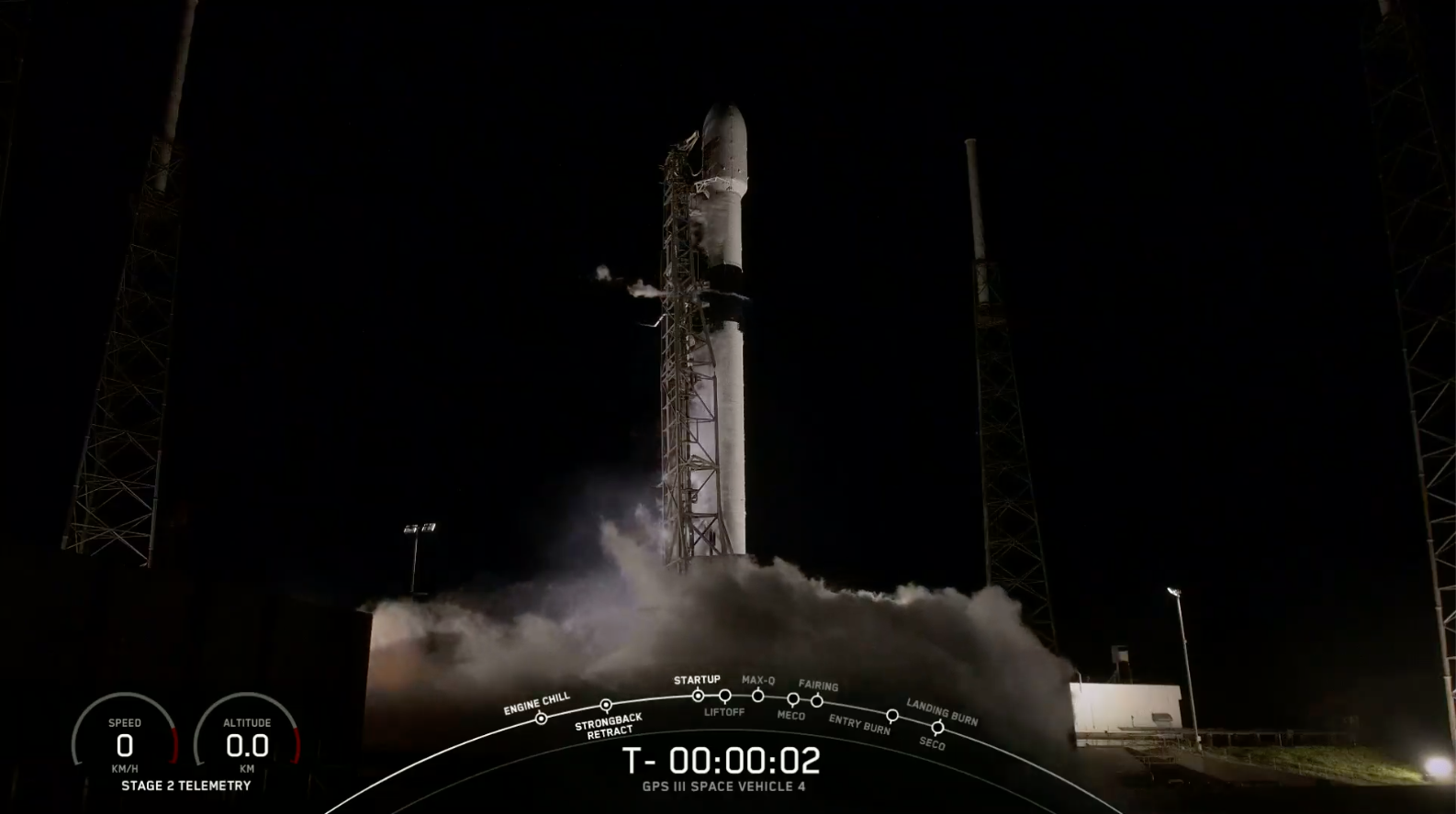
Fueling of the Falcon 9 will begin about 35 minutes before liftoff, with T-0 precisely timed for 6:24 p.m. EST, less than an hour after sunset. This should produce some spectacular views for rocket-watchers along the Space Coast. B1062 will power the 230-foot-tall (70-meter) vehicle uphill for the first four minutes, before it separates and descends to a touchdown on the deck of the Autonomous Spaceport Drone Ship (ASDS), “Of Course I Still Love You”, which stands (or floats) ready in the Atlantic Ocean, about 390 miles (620 km) off the Cape Canaveral coastline.
Two “burns” of the upper stage’s Merlin 1D+ Vacuum engine—the first lasting 5.5 minutes, the second for just 45 seconds—will deliver and position GPS III-04 for deployment at 89 minutes after launch.
It will be the fourth Block III mission and the third to ride a Falcon 9, following previous flights in December 2018 and last June. (Another satellite flew on the Delta IV Medium’s last mission in August 2019.) GPS Block III is part of a new generation of global positioning, navigation and timing satellites.
Building upon a GPS Navstar heritage dating back to the 1970s, Block III got underway almost two decades ago and the Air Force awarded Lockheed Martin a $1.4 billion contract in May 2008 to develop the first two Block III satellites in what will eventually comprise a 32-satellite network, with the first launch initially targeted for 2014. However, payload difficulties would ultimately push the program’s maiden flight back by almost five years and it did not launch until December 2018.
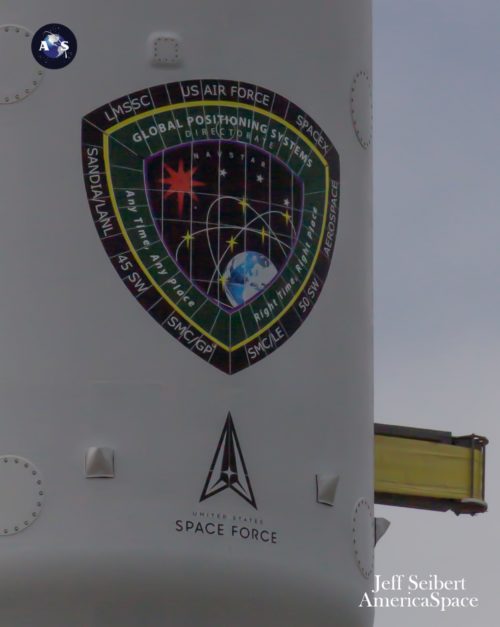
Following a Request for Proposals (RFP) issued by the Air Force in June 2017 for the fourth, fifth and sixth GPS Block III missions, SpaceX received the $290.5 million contract in March 2018. Although to date SpaceX has successfully delivered two Block IIIs to orbit, both of those missions were conducted under separate contracts.
Weighing 8,500 pounds (3,900 kg) and capable of a 15-year operational lifetime, these powerful satellites are built by Lockheed Martin at its customized GPS Block III facility near Denver, Colo. They are based upon the tried-and-true A2100 “bus”, whose modular framework produces 15 kilowatts of electricity via high-efficiency solar cells, radiation-cooled traveling-wave tube assemblies and improved heat-pipe design.
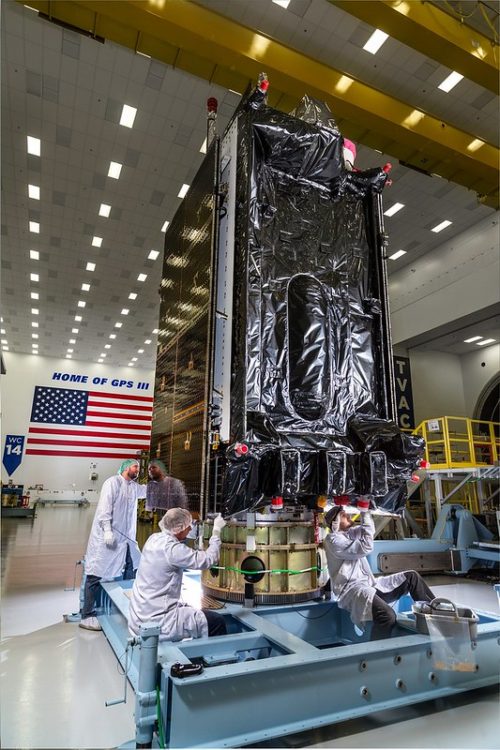
The 15-year operational lifetime of each Block III bird represents a 25-percent quantum leap over earlier GPS satellite capabilities, as well as 500 times greater transmitting power, improved navigational warfare abilities, three times better accuracy and an eightfold enhancement in anti-jamming functionality.
All told, this enables GPS Block III to shut off service to limited geographical locations, whilst maintaining uninterrupted provision for U.S. and allied forces. It features a cross-linked command-and-control architecture, which permits the entire “constellation” to be updated from a singular ground station. Furthermore, the satellites showcase a “spot-beam” capability for enhanced military (“M-Code”) coverage and better resistance to hostile jamming. These enhancements are expected to lead to improved accuracy and assured availability for military and civilian GPS users worldwide.
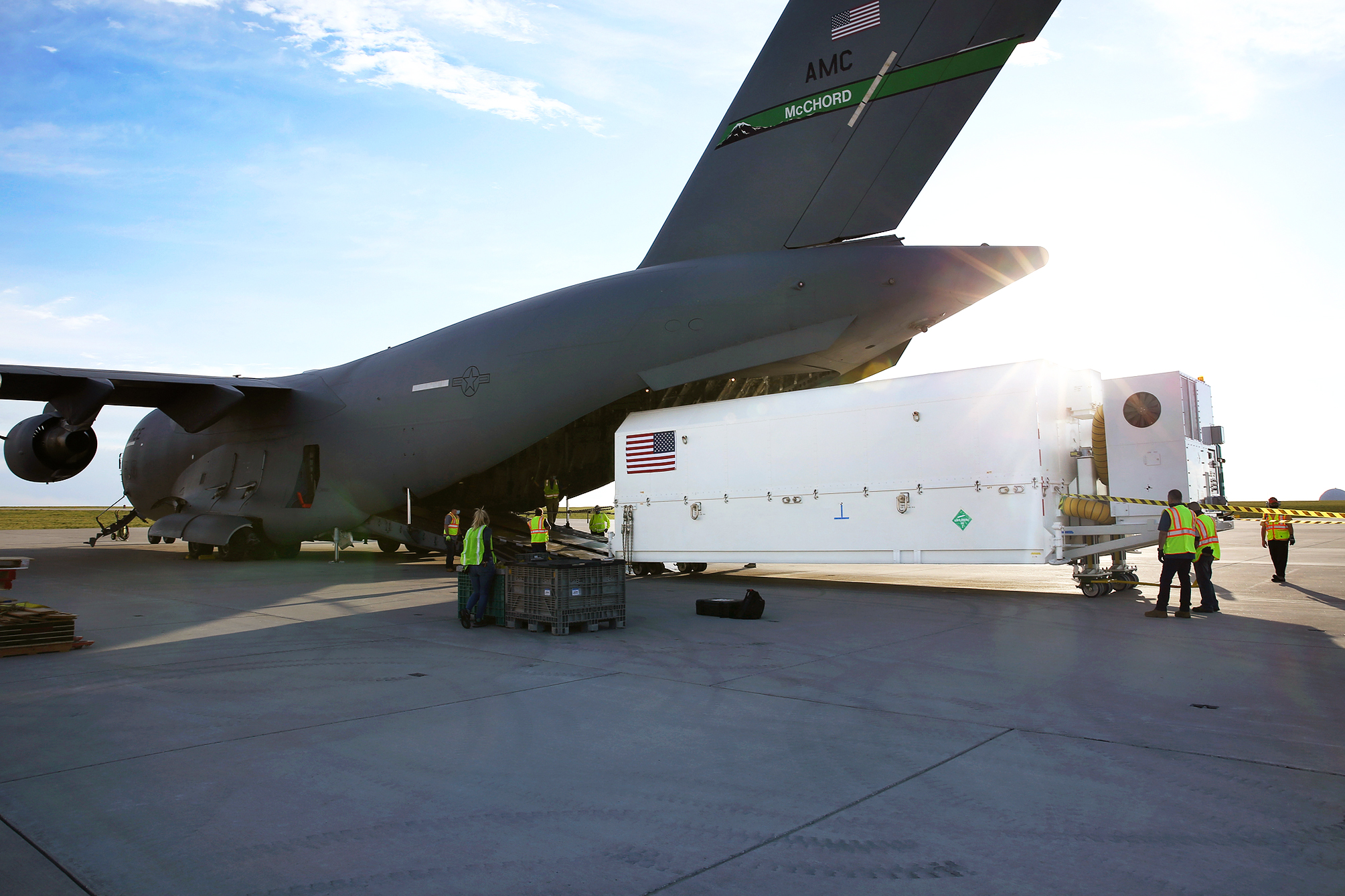
In keeping with tradition, Block IIIs have been named in honor of explorers, with the first and second honoring “Age of Sail” navigators Amerigo Vespucci and Ferdinand Magellan. More recently, the third satellite—launched in June 2020—initially honored Christopher Columbus, but was subsequently renamed to recognize the early 20th-century polar pioneer Matthew Henson.
Tomorrow’s mission will pay tribute to Sacagawea, a Lemhi Shoshone woman, who at the age of 16 assisted the Lewis and Clark Expedition to explore the Louisiana Territory in 1803-1806. She traveled with Lewis and Clark from North Dakota to the shores of the Pacific Ocean and played an important role in establishing cultural links with Native American populations along the route.




